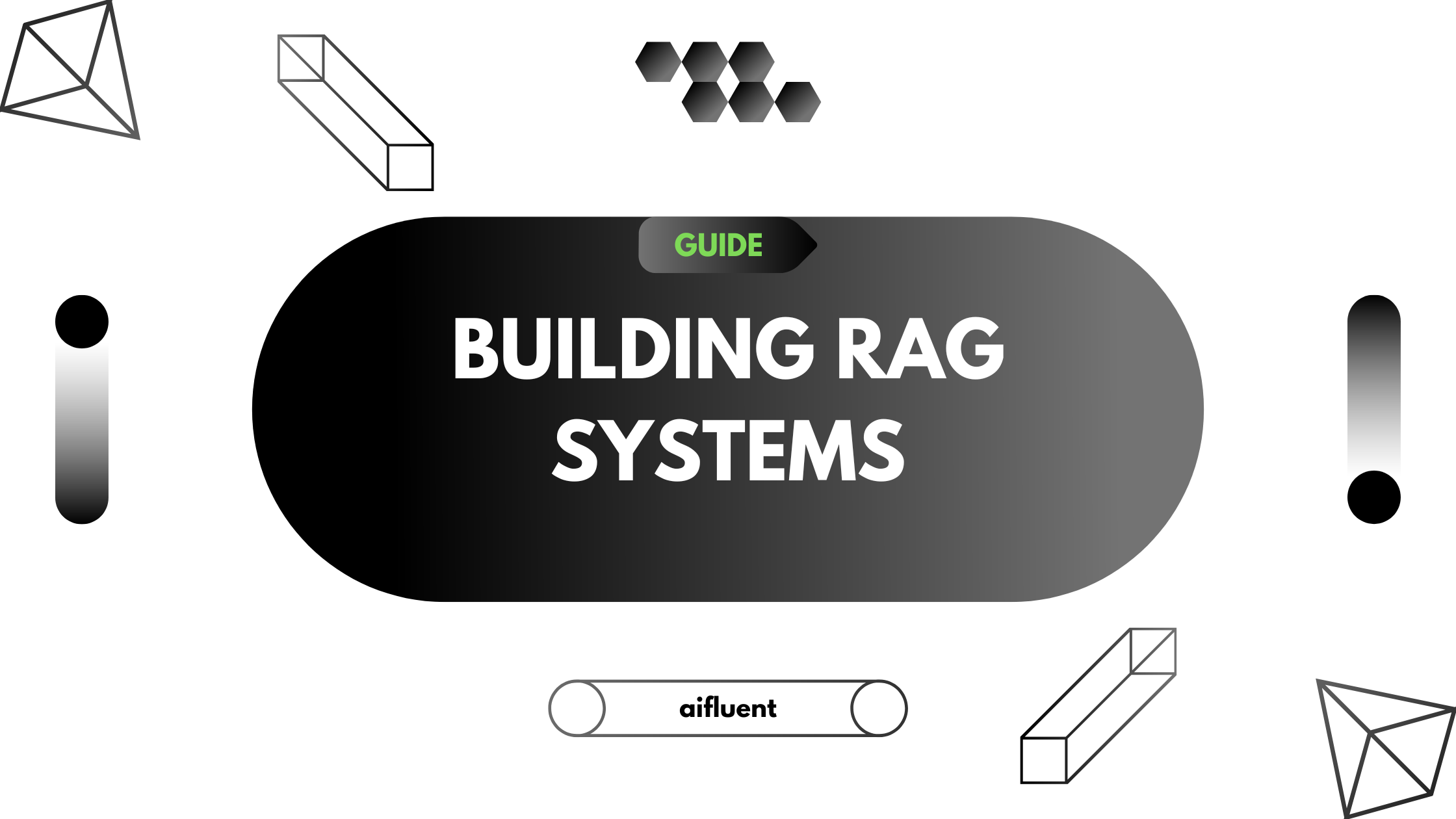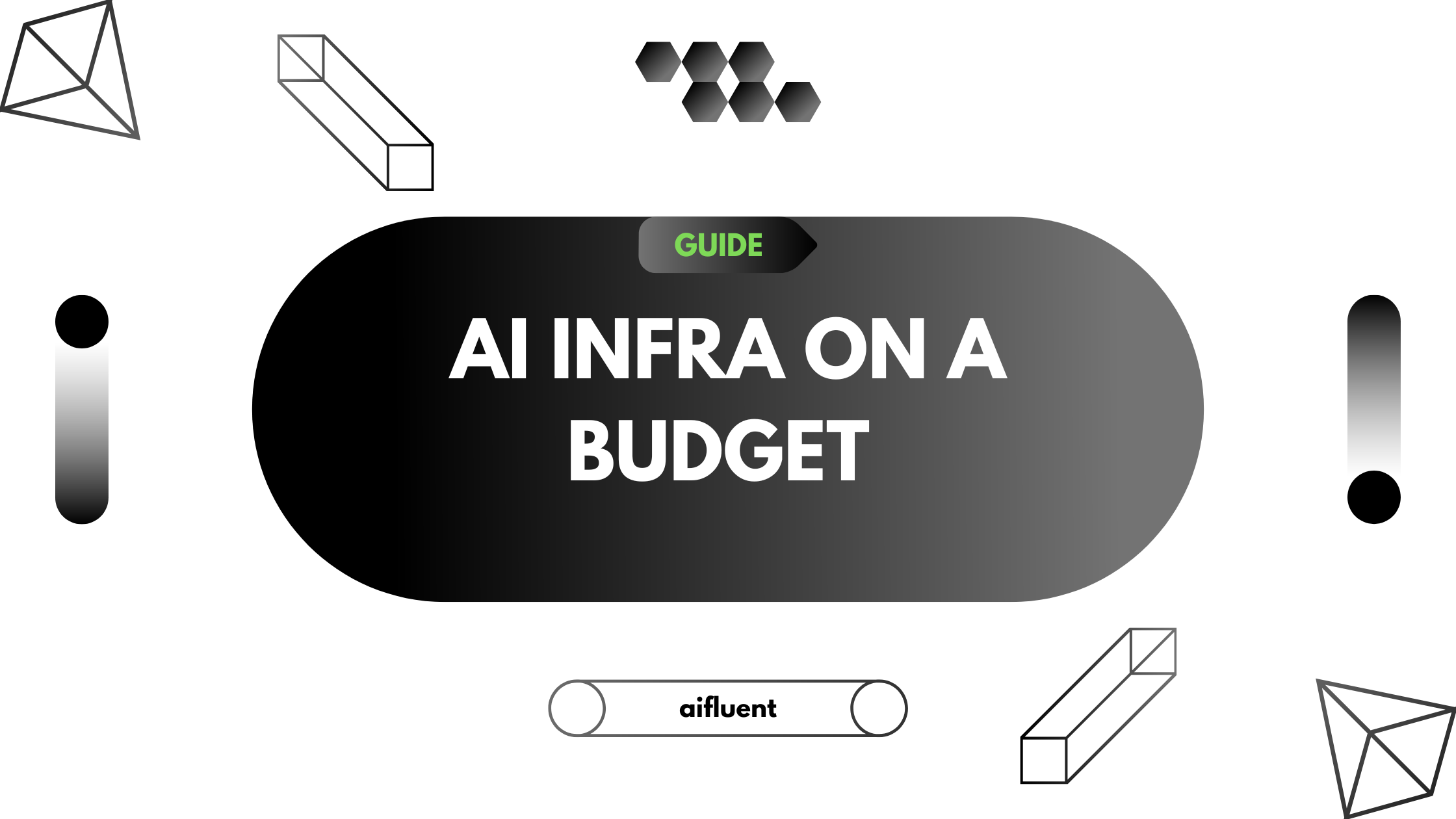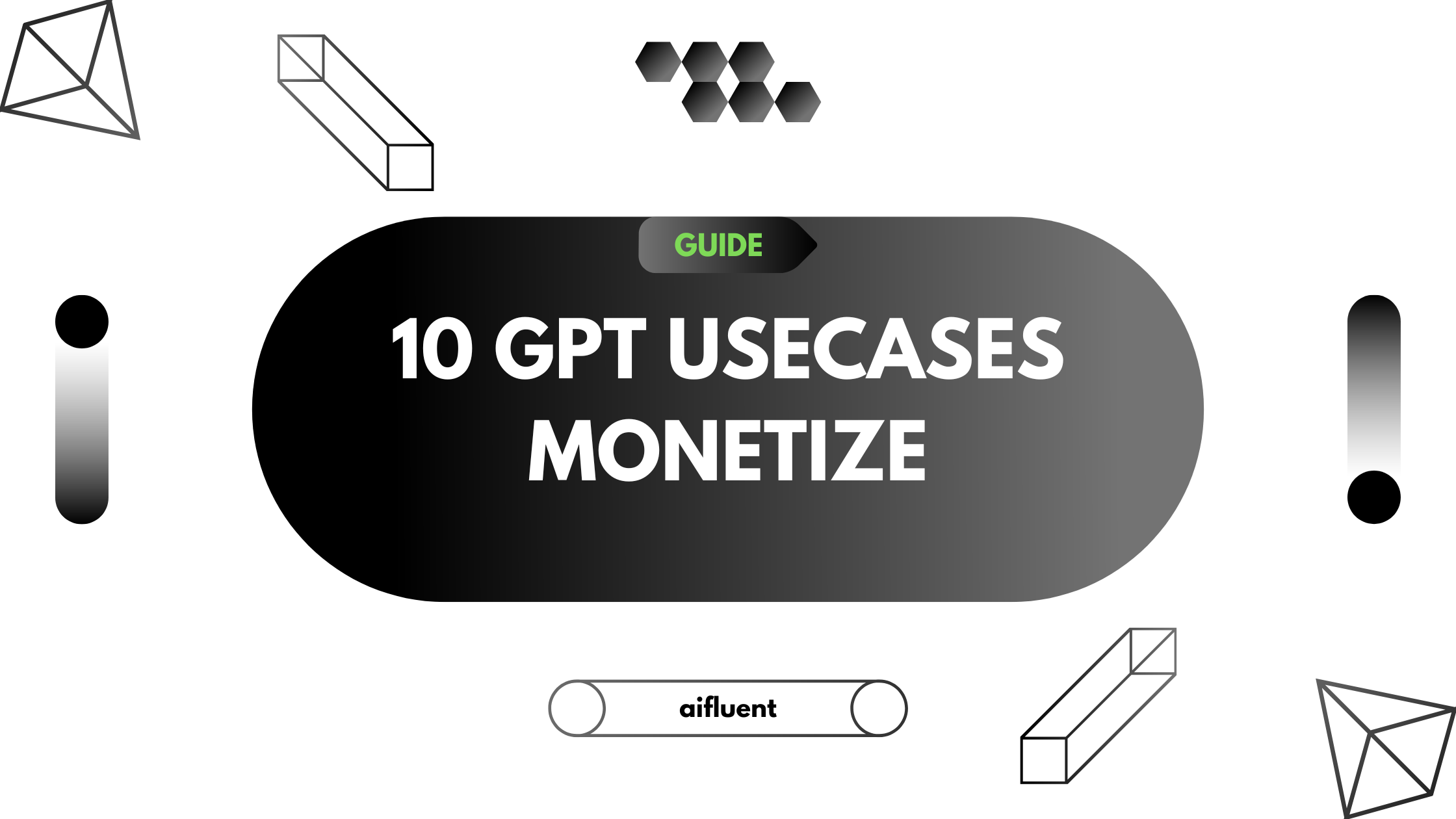
Building RAG Systems
Building RAG Systems: An Advanced Guide to Retrieval-Augmented Generation
How to Build a RAG System with LangChain
If you’re building AI apps that need to give smart, context-aware answers, Retrieval-Augmented Generation (RAG) should be on your radar. In this guide, we’ll walk through how to set up a production-grade RAG system using LangChain—a powerful toolset for developing language model-powered apps.
So, What Exactly Is RAG?
RAG is like giving your language model a memory boost. Instead of making it guess everything from scratch, it helps the model pull in relevant info from a knowledge base before answering. Here’s how it works:
- Find useful documents related to the query
- Stuff the prompt with that context
- Generate a response using the combined input
It’s like giving your LLM a cheat sheet before every test.
Step 1: Get Your Environment Ready
Let’s get our tools installed:
pip install langchain chromadb sentence-transformers
That gives us everything we need—LangChain to orchestrate, ChromaDB to store vectors, and a solid transformer model for embeddings.
Step 2: Build the RAG Pipeline
Load and Chunk Your Documents
First, we bring in our data and break it down into manageable pieces:
from langchain.document_loaders import TextLoader
from langchain.text_splitter import RecursiveCharacterTextSplitter
loader = TextLoader("data.txt")
documents = loader.load()
text_splitter = RecursiveCharacterTextSplitter(
chunk_size=1000,
chunk_overlap=200
)
chunks = text_splitter.split_documents(documents)
Why chunks? Because smaller, overlapping chunks help keep context tight without overwhelming the model.
Create Embeddings for Each Chunk
Now we translate those chunks into embeddings—numeric representations the model can understand:
from langchain.embeddings import HuggingFaceEmbeddings
embeddings = HuggingFaceEmbeddings(
model_name="sentence-transformers/all-MiniLM-L6-v2"
)
This model is fast, lightweight, and great for general-purpose tasks.
Store Them in a Vector Database
We’ll store these embeddings in Chroma so we can search through them later:
from langchain.vectorstores import Chroma
vectorstore = Chroma.from_documents(
documents=chunks,
embedding=embeddings,
persist_directory="./data/chroma"
)
Build Your Retrieval Chain
Next, we connect everything to an LLM:
from langchain.chains import RetrievalQA
from langchain.llms import OpenAI
llm = OpenAI(temperature=0)
qa_chain = RetrievalQA.from_chain_type(
llm=llm,
chain_type="stuff",
retriever=vectorstore.as_retriever()
)
Now when you send a question, it’ll find the relevant info, plug it into the prompt, and send back a smart response.
Best Practices for Going Live
Here are some real-world tips for making your RAG setup shine in production:
Tune Your Chunking
- Don’t just go with default sizes—try different chunk sizes depending on your content.
- Preserve structure where possible (e.g., paragraphs, bullet points).
- More overlap helps with continuity, but slows things down—find the sweet spot.
Pick the Right Embeddings
- Match your model to the domain—some work better for legal, medical, or multilingual text.
- Benchmark a few if you’re unsure.
- Balance speed vs. accuracy based on your app’s needs.
Be Smart About Retrieval
- Hybrid search (e.g., combining keyword + vector) can boost recall.
- Filter by metadata when possible (like date or author).
- Use re-ranking for higher precision.
Always Monitor
- Track which documents are retrieved and whether they actually help.
- Collect feedback from users and tune accordingly.
- Build feedback loops to auto-improve results.
Example: A Conversational RAG Bot
Here’s a simple conversational setup with memory support:
from langchain.chains import ConversationalRetrievalChain
from langchain.memory import ConversationBufferMemory
memory = ConversationBufferMemory(
memory_key="chat_history",
return_messages=True
)
qa = ConversationalRetrievalChain.from_llm(
llm=llm,
retriever=vectorstore.as_retriever(),
memory=memory
)
response = qa({"question": "What are the key components of a RAG system?"})
print(response["answer"])
This lets your bot remember past chats, making it feel more natural and helpful.
Key Deployment Tips
Once you’re ready to go live, think beyond the code:
Scalability
- Use distributed vector stores if your dataset grows
- Cache repeated queries
- Load balance across multiple LLM instances
Security
- Sanitize all user inputs
- Watch out for prompt injection attacks
- Rate-limit and monitor access
Performance
- Use async functions wherever you can
- Cache embeddings so you don’t recompute
- Batch LLM calls if possible
Wrapping Up
LangChain gives you a flexible, powerful toolkit for building smart, context-aware AI apps. With a solid RAG setup, your app can pull in the right knowledge at the right time—and answer with confidence.
Here’s your quick checklist before launching:
- Understand your users and use case
- Pick embedding and LLM models that match your needs
- Optimize retrieval, chunking, and memory
- Monitor quality and scale wisely
Go build something awesome!


